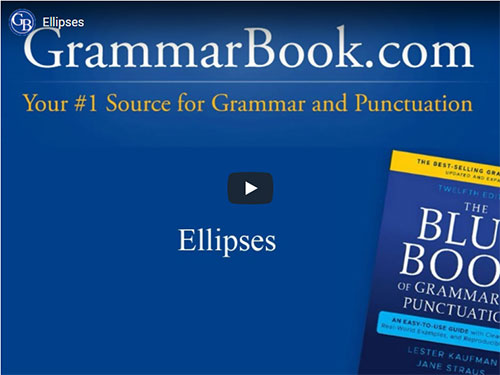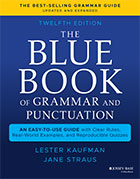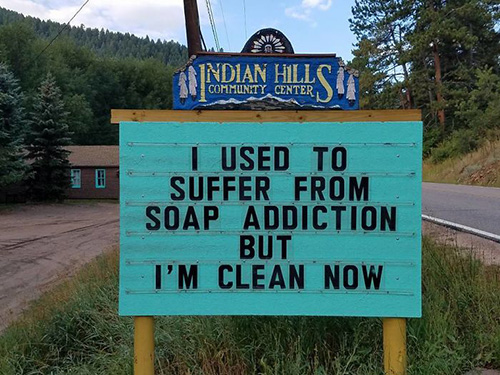|
Language gives us the system to fashion our thoughts into understood expressions. To achieve that, it arranges single-unit characters (letters) into larger units (words) with meanings we assign.
We depend on language sounds for our understanding of it just as well. Whether heard by our outer ears or the inner ones in our mind, language sounds give structure, rhythm, and clarity to communication that would be otherwise lost without them.
Imagine if the only sounds in our language were vowels:
Without consonants, most of our English words would have no recognition or meaning. Consonants provide the sounds and form that frame vowels into thoughts and concepts we can relate to:
| Are we taking the train to Milwaukee? |
What Is a Consonant?
A consonant is a speech sound we make by changing airflow in our mouth or nose as we speak, usually by blocking it in our vocal tract with our teeth, tongue, throat, or lips.
Of the twenty-six letters in our English alphabet, 21 are consonants:
| b, c, d, f, g, h, j, k, l, m, n, p, q, r, s, t, v, w, x, y, z |
The remaining five letters are vowels: a, e, i, o, u. In contrast with consonants, vowel sounds are formed with unrestricted airflow that we shape with our mouth and the position of our teeth.
Simply stated, any letter that is not a vowel is a consonant. An occasional exception is the letter y. It is a consonant when it begins a word and forms the /j/ sound: young, yarn, yesterday. It also can function as a vowel when it produces a vowel sound in words, usually at the end or in the middle of them: giddy, gypsum, fly.
In our writing, consonants are the letters that represent the consonant sounds we make when we speak. The following are common words that begin with consonant letters and sounds.
| Letter |
Word |
|
Letter |
Word |
| b |
book |
|
p |
paint |
| c |
crow |
|
q |
quiz |
| d |
date |
|
r |
rock |
| f |
flag |
|
s |
sail |
| g |
gate |
|
t |
test |
| h |
horse |
|
v |
vase |
| j |
jacket |
|
w |
wind |
| k |
kiln |
|
x |
x-ray |
| l |
log |
|
y |
year |
| m |
mist |
|
z |
zip |
| n |
nail |
|
|
|
We depend on consonants to separate words that would otherwise sound the same: dog, fog, log. Without the changing consonants, we would not be able to specify their meanings.
Consonants also steer our flow of speech by influencing where we slow, stop, or stress our sounds. For example, in the statement “I won't stand in the rain,” the t sound in won't and the d sound in stand establish breaks in our voicing of the sentence.
Consonant + Vowel = Syllable
We've established that consonants and vowels are the two different sound types we make in our speech. We've also looked at an example (train to Milwaukee) that demonstrates what words would look like if they had no consonants.
Another point to note is that consonants (as well as vowels) on their own do not form syllables. They are phonemes, which are the smallest units of speech sounds that distinguish words through pronunciation and give them particular meanings.
Syllables are made when consonants and vowels are paired. Syllables can have more than one letter, consonant, and vowel, but each syllable can make only one sound.
For example, in the word nail, we have two vowels (a, i) and two consonants (n, l). Together, they create a one-syllable word with one sound.
Similarly, in the word zip, we have one vowel (i) and two consonants (z, p). This vowel-consonant pairing likewise forms a one-syllable word with one sound.
Consonants with Indefinite Articles
Consonants are important in how we choose and use the indefinite articles a and an.
If the word following an indefinite article begins with a consonant sound—not just a consonant letter—we use the indefinite article a:
| a book |
a quiz |
| a horse |
a university |
The word horse begins with a hard h consonant sound, so we precede it with the indefinite article a. The word university starts with a “you” vowel sound, so we also precede it with a.
If the word following an indefinite article starts with a vowel sound, we use the indefinite article an:
| an apple |
an owl |
| an hour |
an umbrella |
The word hour begins with a soft-h vowel sound, so we precede it with the indefinite article an. The word umbrella starts with a short “u” vowel sound, so we also precede it with an.
We use a or an according to the starting sounds of abbreviations, acronyms and initialisms as well:
a U.S. citizen (y with “you” sound)
an AWOL soldier (vowel sound)
an FBI file (consonant sound) |
Consonants and Consonance
Consonants are the source of consonance, a language technique that repeats consonant sounds in two or more words. Consonance can appear in the beginning, middle, or end of words.
| If you take good care of the bus, it won't begin to rust. |
If you read this sentence aloud, you'll note how the sounds create a rhythm as well as a rhyme. Consonance appeals to our liking for the sounds of words beyond their literal meanings, making the sounds a focus apart from the letters themselves.
Related Topic
Making Sense of Morphemes
Adding Suffixes: To Double or Not to Double Consonants
Writing with Rhythm and Sound
|





